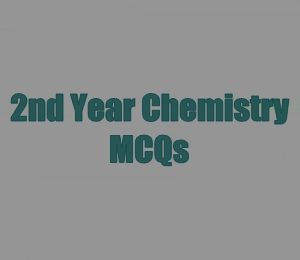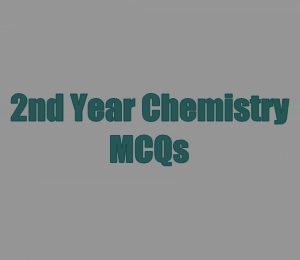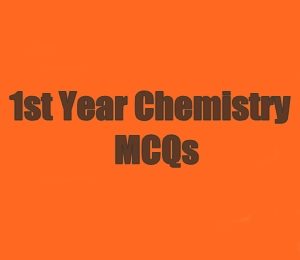Here you will find the important 1st Year Chemistry Chapter 5 Thermochemistry MCQs. The branch of chemistry in which we study the heat changes during a chemical reaction. Then there is a type of energy and exothermic and endothermic reactions. The concept of Bond energy says that the average amount of energy that is required to break all bonds in one mole of a substance. The concepts of lattice energy and its measurements are also given in this chapter. Finally, two important laws including Hess’s law of constant heat summation and the Born Haber Cycle are in this chapter. So, check out the important MCQs below that you can use to practice for your entrance test. Solve the quiz below and prepare for the entry test.
1st Year Chemistry Chapter 5 Thermochemistry MCQs
315



